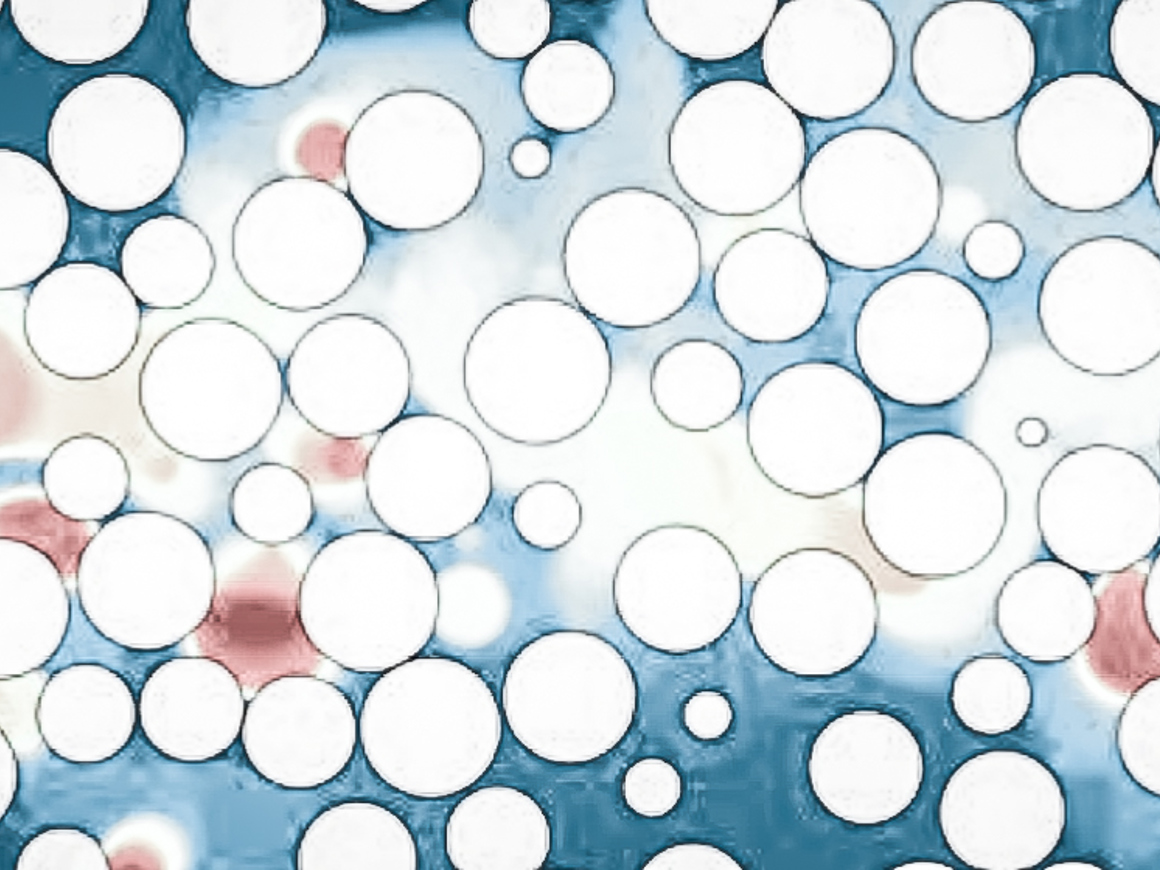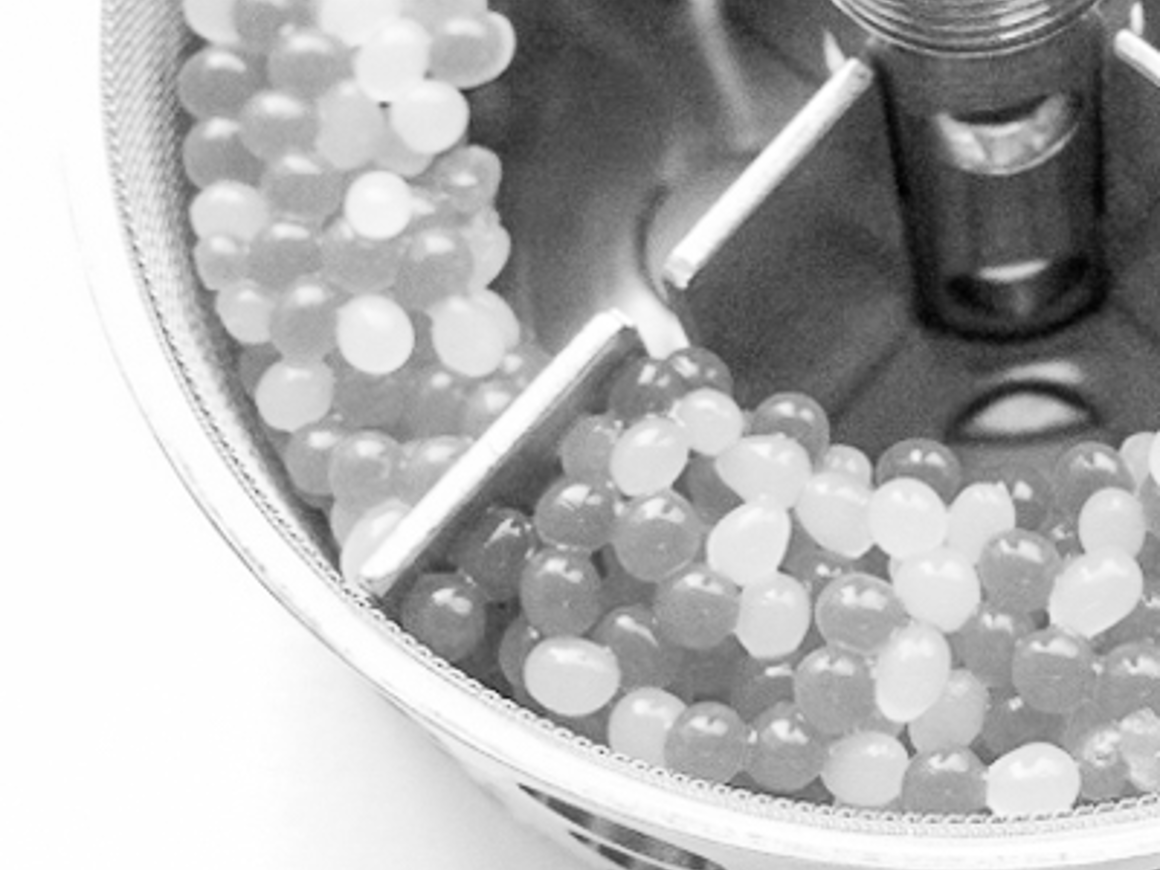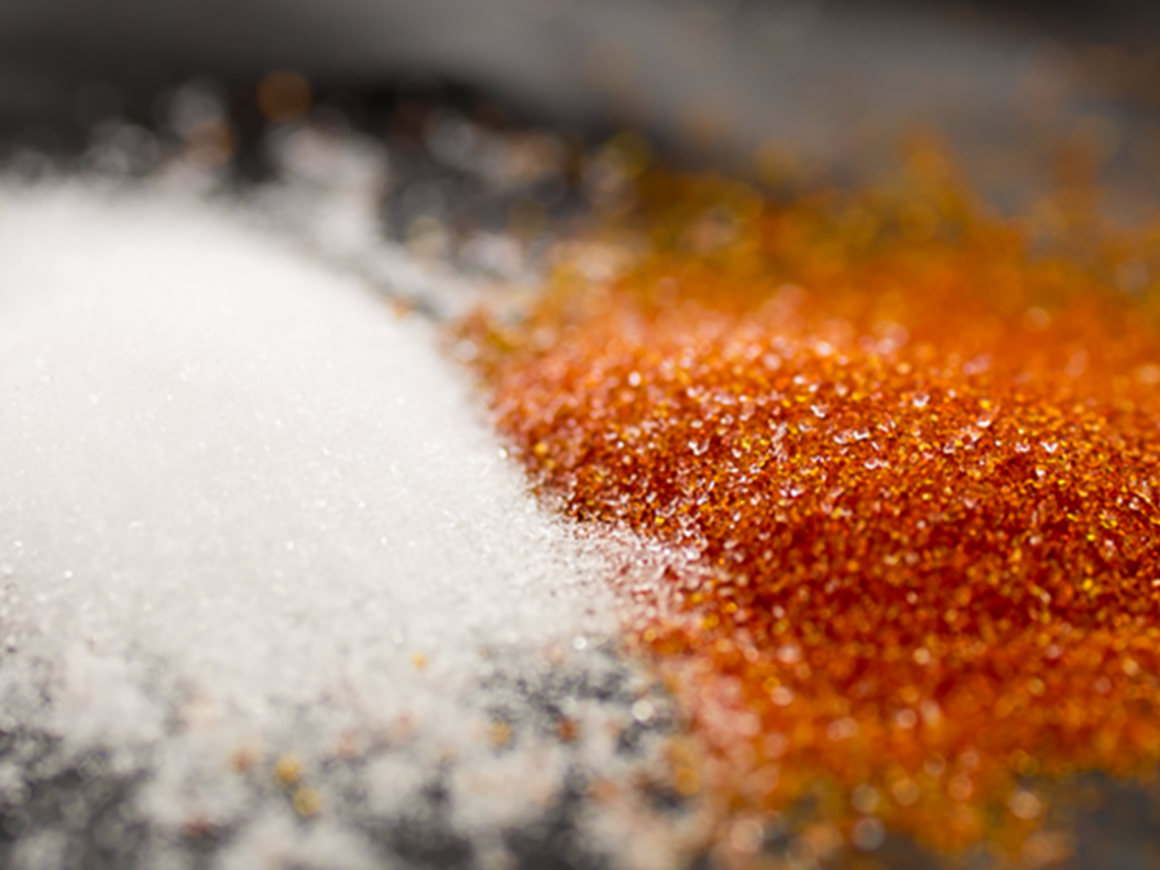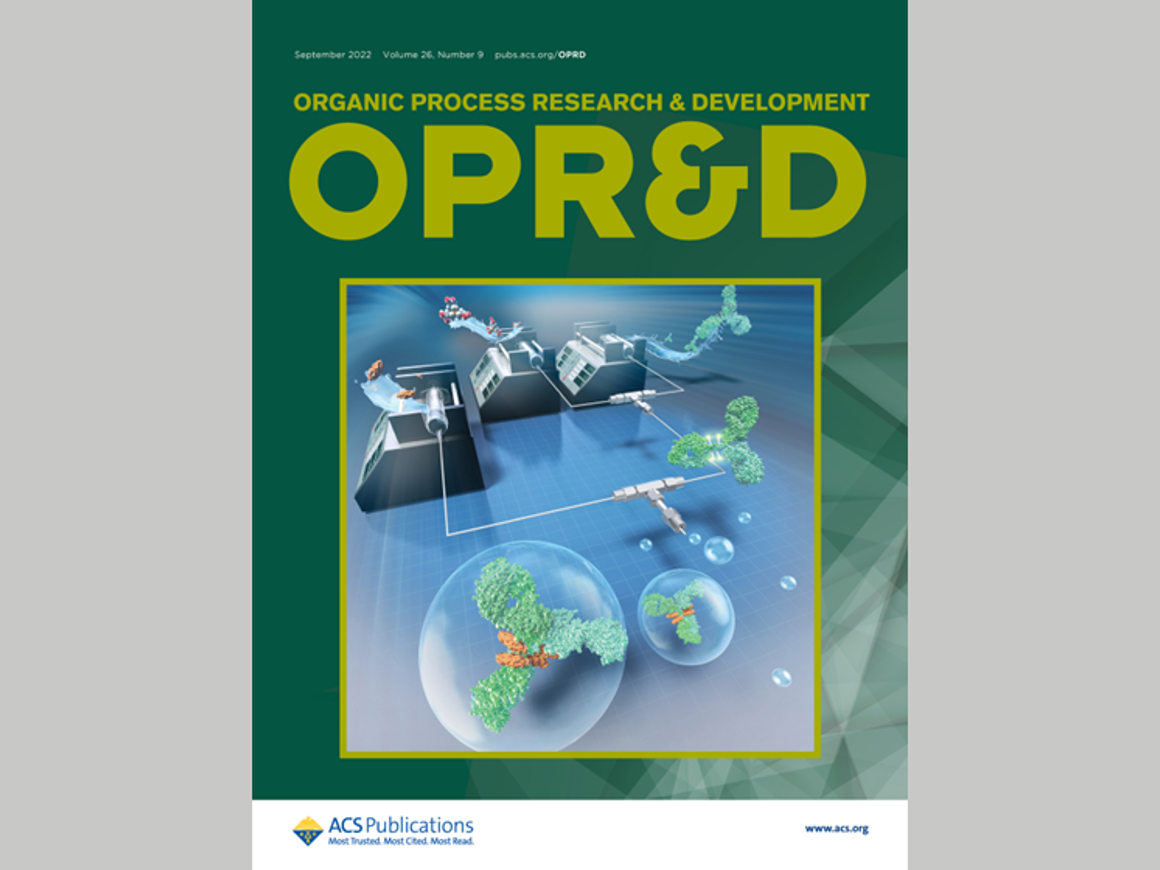
3D printing of a prototype cartridge for rotating bed reactors
The soon-to-be launched cartridge for SpinChem® rotating bed reactor (RBR) will make solid phase material handling with the RBR even more convenient. This video shows the product development and includes screen shots of the CAD modelling, a time lapse of the 3D printing process plus a preview of the final product placed into the RBR.

























































































































